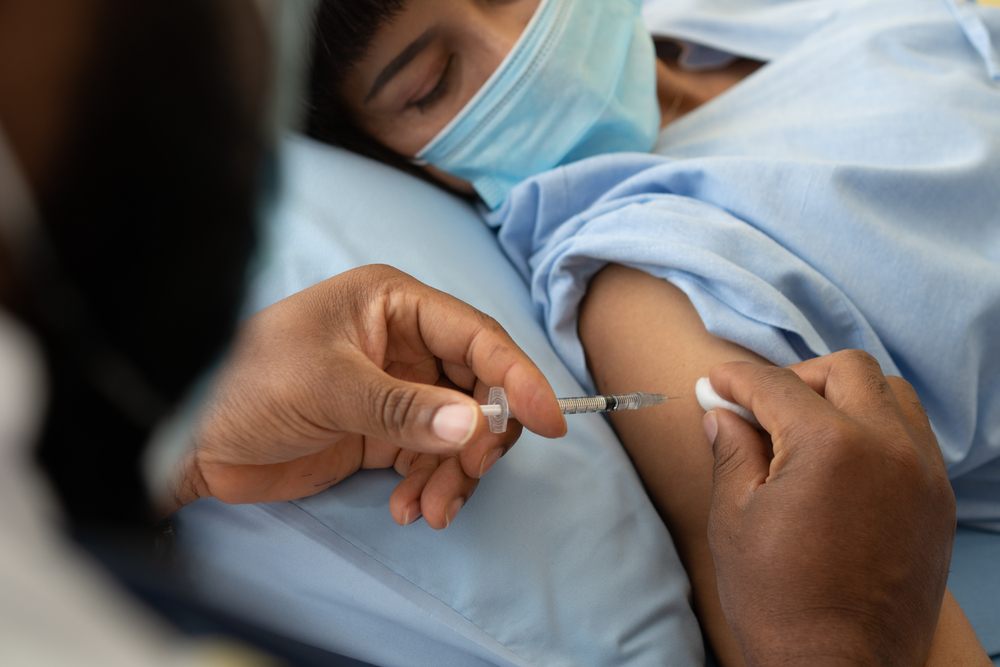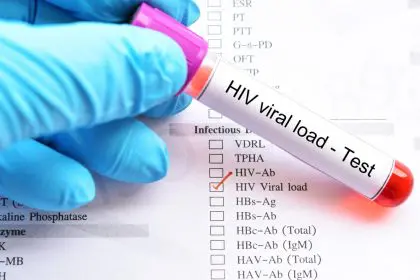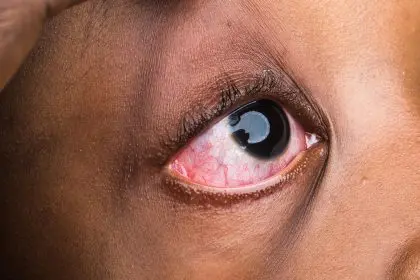Human Papillomavirus (HPV) is a common and significant concern for sexually active individuals worldwide. This virus can lead to various health issues, including genital warts and certain types of cancers. Understanding HPV’s implications, transmission, prevention, and treatment options is crucial for anyone sexually active. This article delves into what HPV means for sexually active individuals, providing essential information to help you stay informed and safe.
Understanding HPV
HPV is a group of more than 200 related viruses, with over 40 types easily transmitted through direct sexual contact. These viruses can infect the genital areas, mouth, and throat of both men and women. While many people with HPV do not develop symptoms, and the infection often clears up on its own, some types can cause serious health problems.
Transmission of HPV
HPV is primarily spread through intimate skin-to-skin contact. This means that any form of sexual activity involving genital contact, including vaginal, anal, and oral sex, can result in HPV transmission. It’s important to note that HPV can be transmitted even when an infected person shows no signs or symptoms. Condom use can reduce the risk of HPV transmission but does not eliminate it, as HPV can infect areas not covered by a condom.
Health implications of HPV
The health implications of HPV can vary significantly depending on the virus type. Some of the most common issues include:
- Genital warts: Caused by certain low-risk types of HPV, genital warts are non-cancerous growths that appear on the genital and anal areas.
- Cervical cancer: High-risk types of HPV are the primary cause of cervical cancer in women. Regular screening through Pap smears can detect changes in cervical cells before they turn cancerous.
- Other cancers: HPV can also lead to other cancers, such as anal, oropharyngeal (throat), penile, vulvar, and vaginal cancers.
Preventing HPV
Preventing HPV involves several strategies, with vaccination being one of the most effective. The HPV vaccine is recommended for preteens (boys and girls) at 11 or 12, but vaccination can start as early as 9. If they are not vaccinated when they are younger, it is also recommended for everyone through age 26. Some adults aged 27 through 45 may decide to get the HPV vaccine based on a discussion with their healthcare provider.
Other prevention strategies include:
- Regular screening: Women should have regular Pap smears and HPV tests to detect abnormalities early.
- Safe sexual practices: Using condoms and limiting the number of sexual partners can reduce the risk of HPV transmission.
- Education: Awareness and education about HPV and its risks can help individuals make informed decisions about their sexual health.
Diagnosing HPV
Diagnosing HPV typically involves visual inspection of genital warts and routine cervical screening tests like Pap smears and HPV DNA tests. For men, there are currently no FDA-approved tests for detecting HPV. Regular check-ups and communication with healthcare providers are vital for monitoring and managing HPV-related health issues.
Treating HPV
While there is no cure for HPV itself, there are treatments for the health problems caused by the virus:
- Genital warts: These can be treated with prescription medications, cryotherapy (freezing), surgical removal, or laser treatments.
- Precancerous cervical changes: If a Pap smear detects abnormal cells, cryotherapy, laser therapy, or loop electrosurgical excision (LEEP) can remove the affected tissue.
- HPV-related cancers: Treatment options for cancers caused by HPV vary based on the type and stage of cancer and may include surgery, radiation therapy, and chemotherapy.
Living with HPV
Living with HPV can be manageable with the correct information and health practices. It’s essential to maintain regular medical appointments, follow treatment plans for any HPV-related health issues, and engage in open communication with sexual partners about HPV status and prevention strategies.
The Importance of HPV Awareness
Awareness about HPV is crucial in reducing its spread and impact. Educational programs and public health initiatives can significantly inform people about the virus, its risks, and the importance of vaccination and safe sexual practices. By staying informed and proactive, sexually active individuals can better protect their health and that of their partners.
Conclusion
HPV is a widespread and often misunderstood virus that poses significant health risks to sexually active individuals. Understanding what HPV means, how it is transmitted, and the ways to prevent and treat it is vital for maintaining sexual health. Vaccination, regular screening, safe sexual practices, and education are critical components in managing HPV and reducing its impact. By taking these steps, individuals can lead healthier lives and contribute to broader public health efforts to combat HPV.
This story was created using AI technology.















